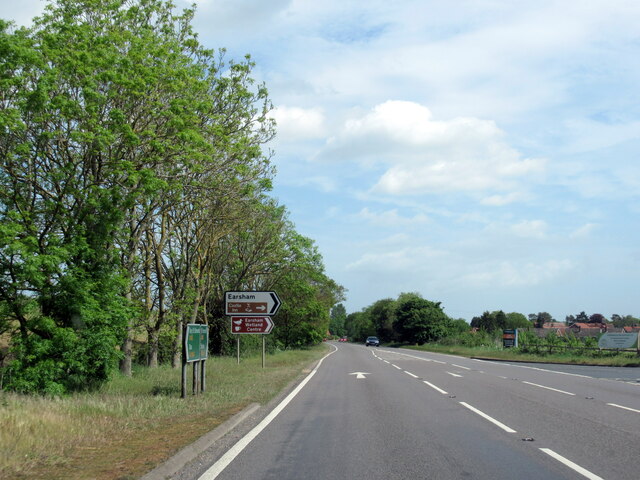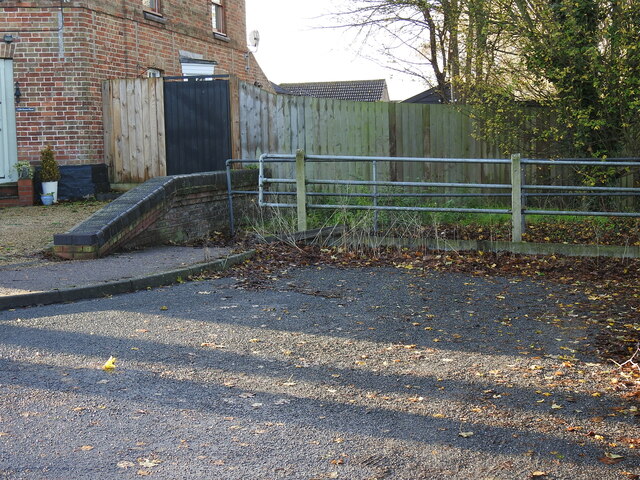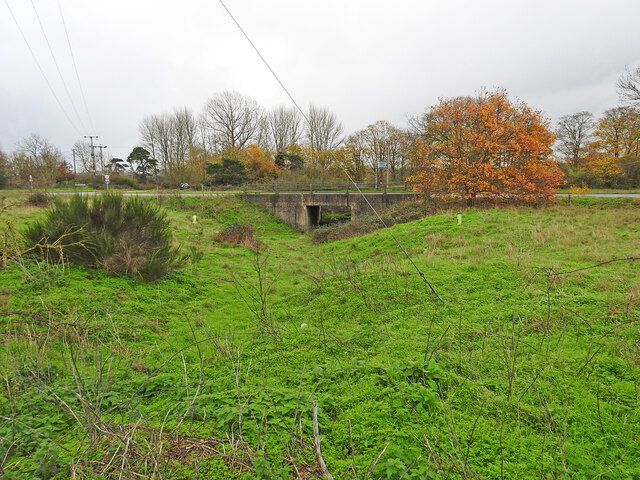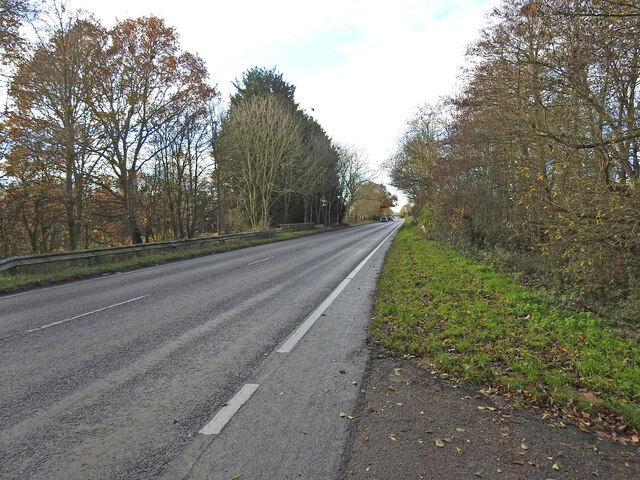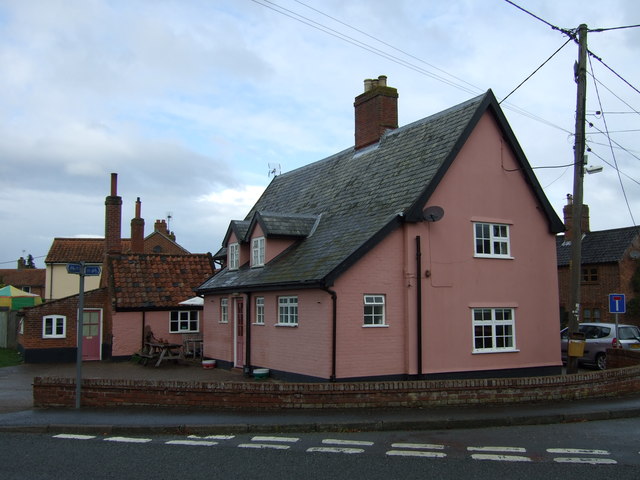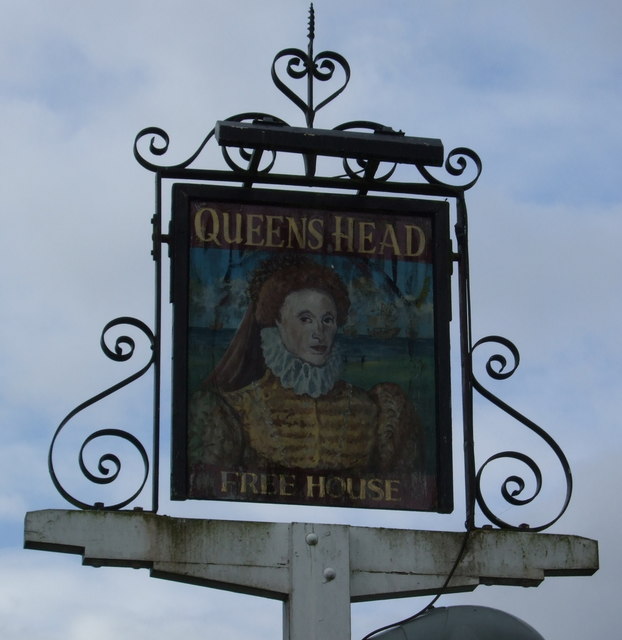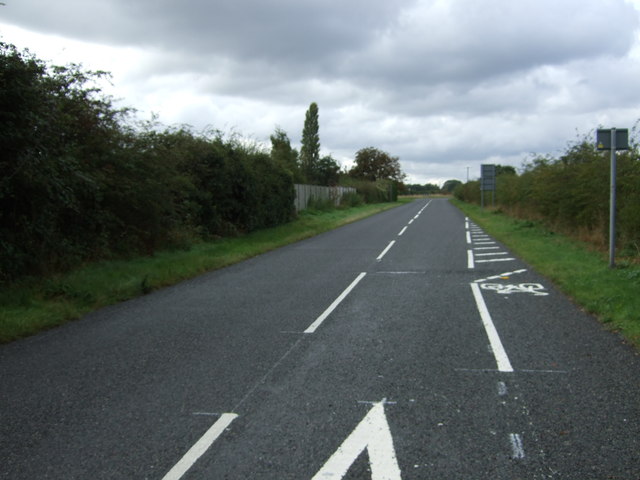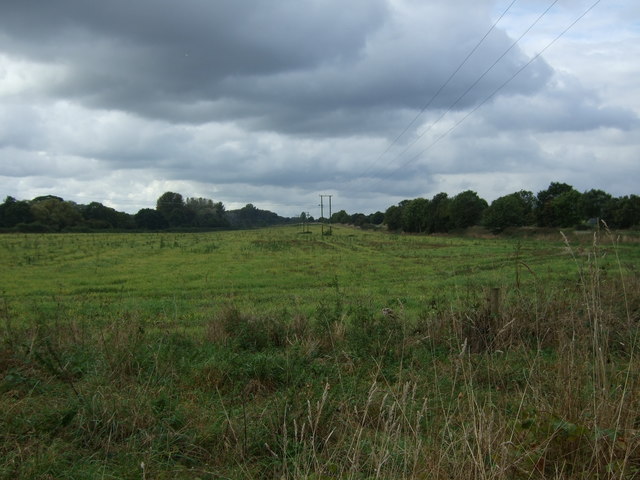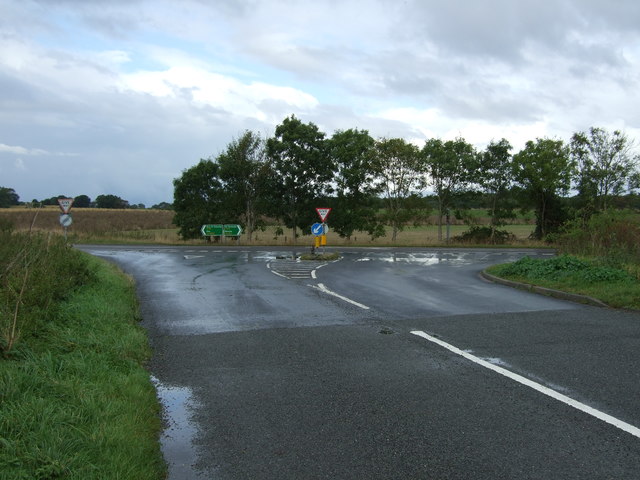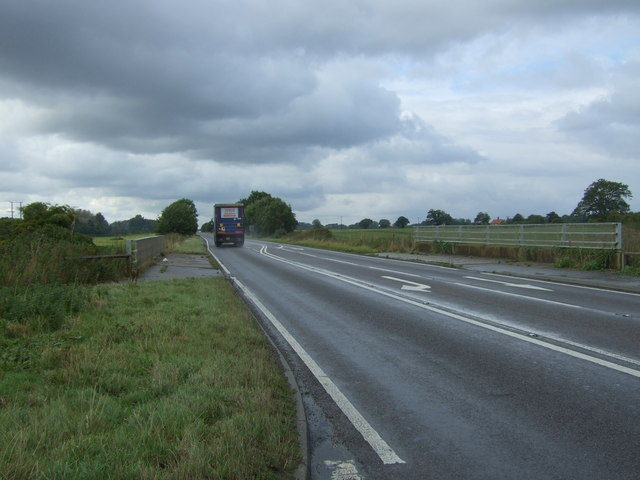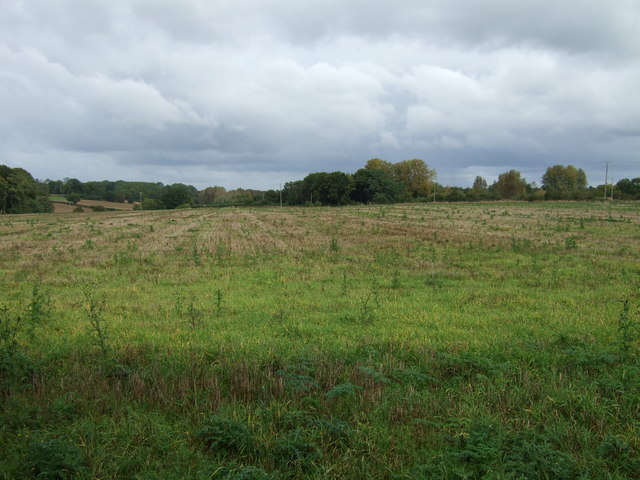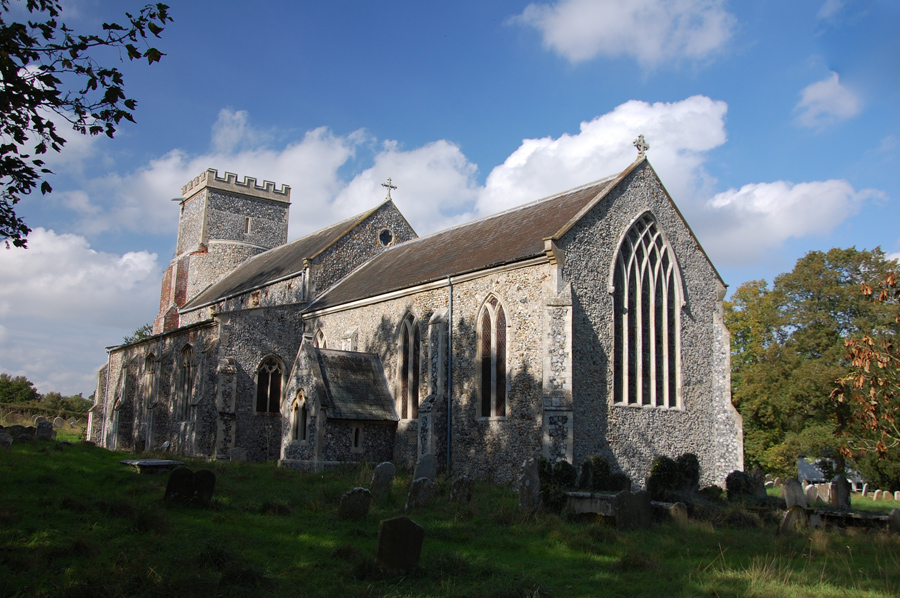Earsham
Civil Parish in Norfolk South Norfolk
England
Earsham
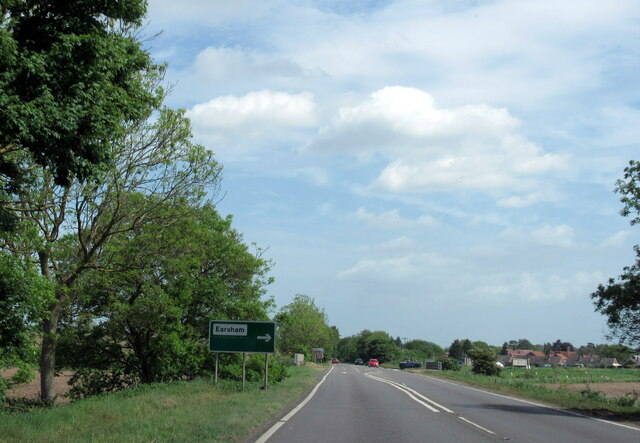
Earsham is a civil parish located in the county of Norfolk, England. Situated approximately 2 miles southeast of the market town of Bungay, it covers an area of around 5 square miles. The parish is bordered by the River Waveney to the east, which forms the boundary with Suffolk.
The village of Earsham itself is a small and picturesque settlement with a population of around 500 residents. It boasts a rich history, with evidence of human habitation in the area dating back to the Roman period. The village is renowned for its beautiful 16th and 17th-century timber-framed buildings, including the historic Earsham Hall, a Grade II listed Elizabethan manor house.
The parish is predominantly rural, characterized by its rolling countryside, farmland, and pockets of woodland. It offers a peaceful and idyllic setting, making it a popular destination for nature lovers, walkers, and cyclists. The area is also home to a variety of wildlife, including deer, foxes, and a wide range of bird species.
Earsham benefits from good transport links, with the A143 road running nearby, providing easy access to neighboring towns and cities. The village itself has limited amenities, including a village hall, a church, and a popular pub, which serves as a social hub for the community.
Overall, Earsham is a charming and tranquil civil parish, known for its historical architecture, natural beauty, and close-knit community.
If you have any feedback on the listing, please let us know in the comments section below.
Earsham Images
Images are sourced within 2km of 52.457334/1.394276 or Grid Reference TM3089. Thanks to Geograph Open Source API. All images are credited.
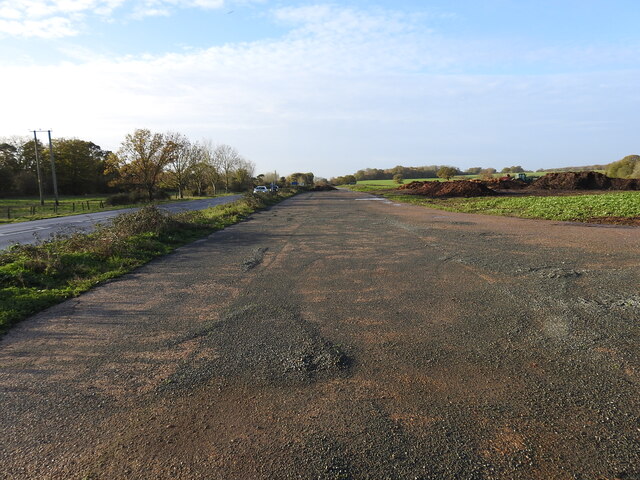
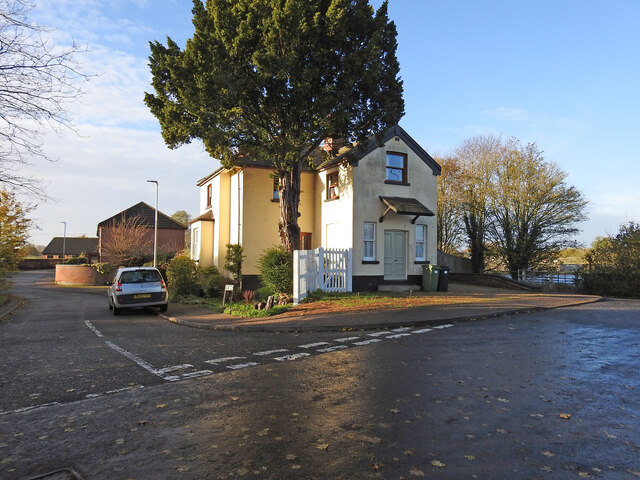
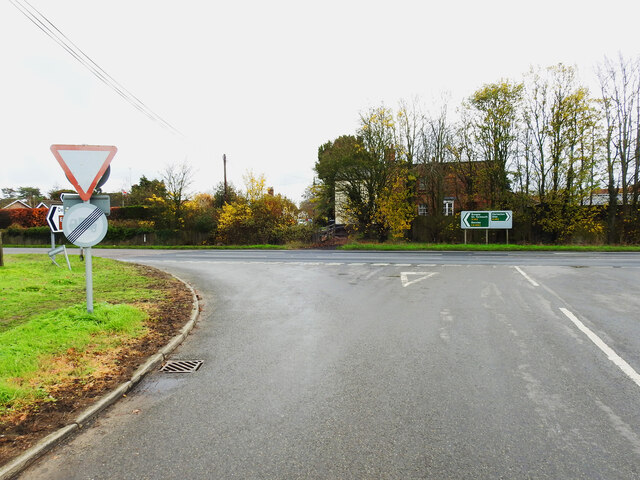
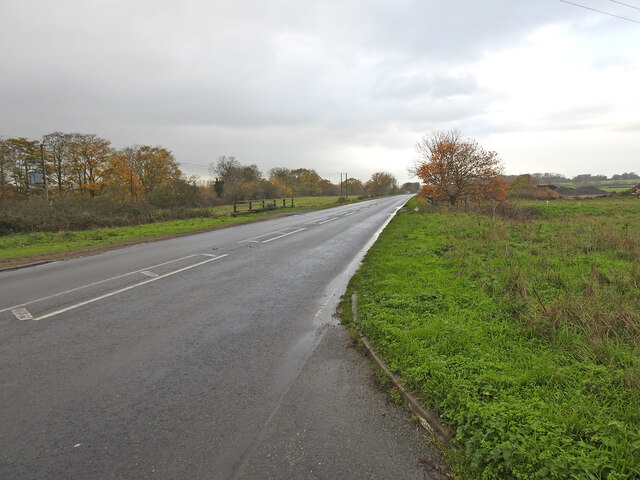
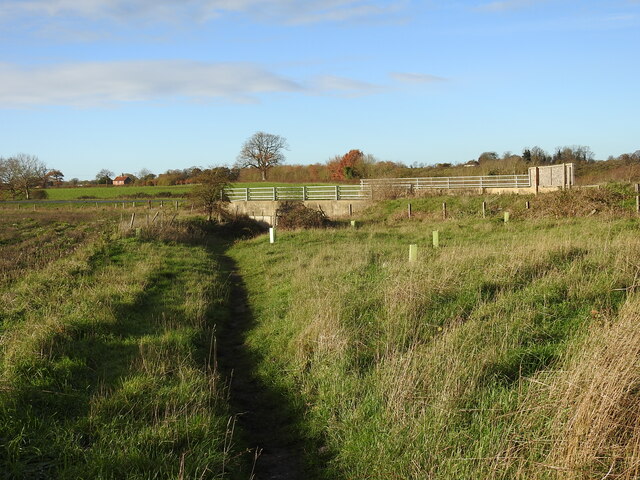
Earsham is located at Grid Ref: TM3089 (Lat: 52.457334, Lng: 1.394276)
Administrative County: Norfolk
District: South Norfolk
Police Authority: Norfolk
What 3 Words
///dose.positives.drank. Near Bungay, Suffolk
Nearby Locations
Related Wikis
Earsham railway station
Earsham was a railway station in Earsham, Norfolk, England. It was located on the Waveney Valley Line which connected Beccles with the Great Eastern Main...
Earsham
Earsham is a village and civil parish in the English county of Norfolk. Earsham is located 1.7 kilometres (1.1 mi) west of its postal town of Bungay and...
Sexton Wood
Sexton Wood is a 40-hectare (99-acre) biological Site of Special Scientific Interest north-west of Ditchingham in Norfolk. It is a Nature Conservation...
Bath Hills
Bath Hills is a 12.2-hectare (30-acre) Local Nature Reserve west of Ditchingham in Norfolk. It is owned by South Norfolk District Council and managed...
Bungay railway station
Bungay railway station was located on the now disused Waveney Valley Line which ran between Tivetshall and Beccles. The station was closed in 1953 and...
Bungay Castle
Bungay Castle is a Grade I listed building in the town of Bungay, Suffolk. == History == The site was originally a Norman castle built by Roger Bigod in...
Bungay
Bungay () is a market town, civil parish and electoral ward in the English county of Suffolk. It lies in the Waveney Valley, 5.5 miles (9 km) west of Beccles...
Denton, Norfolk
Denton is a village and civil parish in the English county of Norfolk. Denton is located 3.8 miles north-east of Harleston and 13 miles south of Norwich...
Nearby Amenities
Located within 500m of 52.457334,1.394276Have you been to Earsham?
Leave your review of Earsham below (or comments, questions and feedback).
